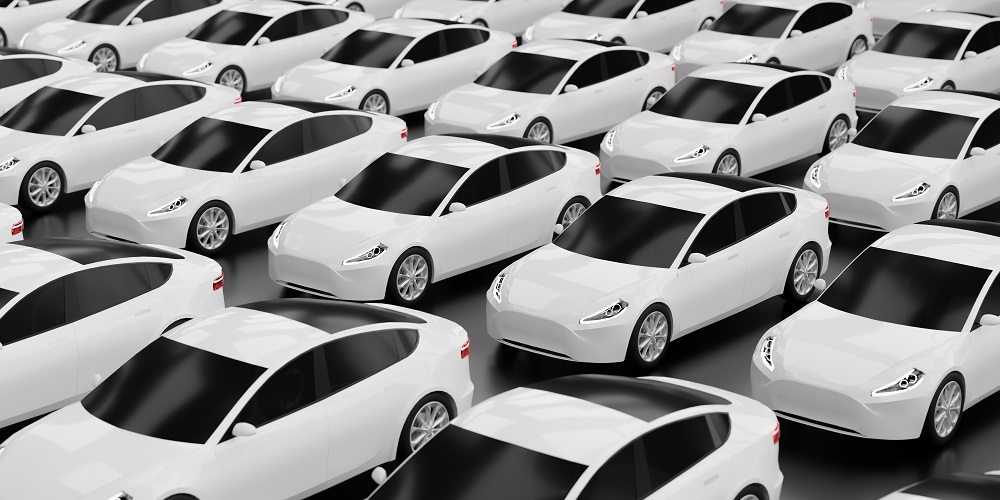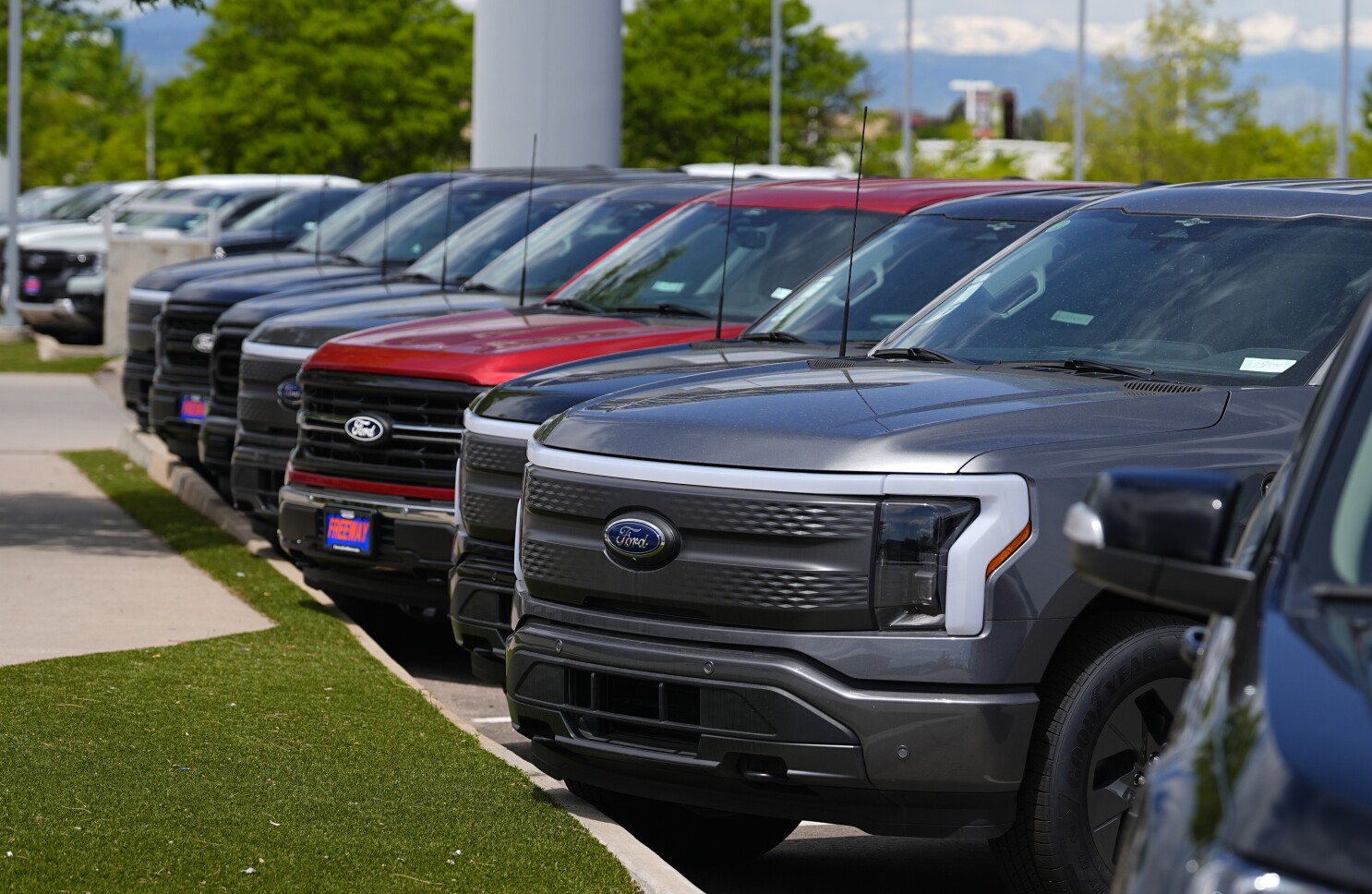The car market in 2024 has been heavily influenced by several key factors, primarily economic conditions, supply chain challenges, and evolving consumer preferences. High inflation and rising interest rates have made car ownership more difficult, especially for those looking to finance their purchases. These financial pressures have led many potential buyers to delay purchases, explore leasing options, or opt for lower-priced used vehicles. Automakers have responded by focusing on producing smaller, more affordable models to cater to these budget-conscious consumers.
Inflation in 2024 has squeezed household budgets, making it harder for many consumers to afford new cars. In addition, rising interest rates have increased the cost of financing, further discouraging potential buyers. This combination of factors has pushed many people to delay their car purchases or turn to more affordable alternatives. The financial strain has also made automakers reassess their pricing and production strategies, focusing more on low-cost models to attract budget-conscious buyers.
Lingering supply chain disruptions, primarily caused by the COVID-19 pandemic, continue to affect car production in 2024. The shortage of semiconductor chips, essential for modern vehicles, has caused delays in assembly lines, reducing the availability of new cars. Additionally, the scarcity of specialty parts necessary for advanced car features has led to extended wait times for certain models. As a result, the imbalance between supply and demand has kept car prices high, frustrating consumers who have been waiting longer for their vehicles.

Evolving Consumer Preferences
As environmental awareness grows, electric vehicles (EVs) have gained significant popularity, particularly due to government incentives and subsidies. However, the relatively high price of EVs has caused many cost-conscious buyers to consider used cars instead. Tight budgets and a cautious approach to spending have reshaped consumer behavior, forcing manufacturers to rethink their pricing and production strategies to align with these changing preferences. Additionally, for consumers looking to purchase EVs, it’s important to consider the type of insurance coverage they need.
Government policies have played a significant role in shaping the car market in 2024. Tax breaks and subsidies for electric vehicles have spurred demand, driving up their prices as more consumers make the switch to greener options. On the other hand, stricter environmental regulations have increased production costs for traditional gasoline-powered cars, further influencing pricing. Manufacturers face the challenge of absorbing these added costs while remaining competitive in a market that increasingly favors environmentally friendly vehicles.
Looking ahead to 2025, the car market could experience significant changes, with factors like economic stabilization, supply chain improvements, and the continued growth of the EV market all playing a role. The global economy may begin to stabilize, with lower inflation and interest rates providing relief to consumers. However, uncertainties such as the potential for a recession could temper these improvements. Still, many analysts predict that 2025 will be a year of recovery, benefiting both car manufacturers and consumers.
Economic Stabilization and Shifting Supply Dynamics
In 2025, the global economy is expected to stabilize, with inflation decelerating and interest rates potentially declining. This could make car financing more affordable for a wider range of buyers. At the same time, supply chain issues may ease, allowing manufacturers to produce vehicles more efficiently and reduce production costs. The recovery of high-demand components, such as semiconductor chips, could also lead to better inventory levels, providing consumers with more choices and helping to stabilize prices.
The electric vehicle market is expected to continue its rapid expansion in 2025, driven by a broader range of models and advancements in battery technology. These improvements will likely lower production costs, making EVs more affordable and competitive with traditional vehicles. Government incentives and expanded charging infrastructure will further support the transition to electric mobility. Additionally, automakers may offer increased consumer incentives, such as rebates and low-APR financing, to make new cars more appealing. These developments could lead to modest price reductions, benefiting buyers who have been hesitant due to high initial costs.

Diverging Trends in New vs. Used Car Markets
As the production and availability of new cars improve in 2025, the used car market is expected to experience some relief from the pricing pressures of the previous year. The demand for high-quality pre-owned vehicles remains strong, but the increasing availability of new cars could make used vehicles slightly more affordable. However, regional factors and variations in local policies, such as government incentives for electric vehicles, could influence prices and demand in different parts of the country. Some regions may see faster adoption of EVs, while others could struggle with limited infrastructure.
While the outlook for the car market in 2025 is generally optimistic, several challenges and uncertainties could affect the industry. Geopolitical tensions, fluctuating fuel prices, and potential labor strikes could disrupt production and increase costs, creating volatility in the market. These unpredictable factors could have a significant impact on both car manufacturers and consumers, making it essential for all parties to prepare for unexpected shifts. Additionally, regional differences in policy and infrastructure will continue to influence car pricing and availability, further complicating the overall market situation.
The car market of 2024 has been shaped by a complex combination of economic pressures, supply chain challenges, and evolving consumer preferences. As we look ahead to 2025, several factors suggest that prices may stabilize, with improved inventory levels, enhanced EV offerings, and more competitive pricing strategies benefiting buyers. However, uncertainties such as economic downturns and geopolitical tensions remain, making it crucial for consumers to stay informed and time their purchases strategically to take advantage of the evolving market.

